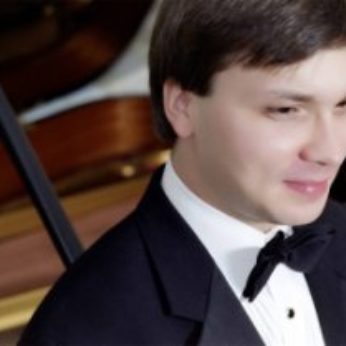Richard Strauss’s long career is generally divided into two periods: first his orchestral works in the 1880s and 1890s and then the operas from the early 1900s. However, the 1880s also saw the composition of some remarkably mature works for chamber music ensembles, in particular his final contribution to the form – this fine Sonata of 1887. It was also the year of the lovely song Ständchen and his early tone-poem Macbeth. Clearly, he remained fond of the work and it was performed at the concert he attended in Munich on his 85th birthday June 11th 1949, three months before his death.
The warm romanticism of the Sonata may be due to the fact that Strauss had fallen in love. He had met the young singer Pauline de Ahna during that summer on a holiday and they would later marry in 1894. The work is of considerable maturity, given the composer was only twenty-three, but he already had a long history of composition behind him by then and the performers needed concerto-style virtuosity. The first movement opens with a passionate violin theme which leads into a flowing melody. Another lovely idea espressivo e appassionato emerges later as the second main theme of the movement. Strauss develops this material with a Brahms-like assurance, ranging from lively to reflective, ending with a strong final flourish.
The slow second movement is marked Improvisation, a somewhat confusing title as the music is fully and precisely written out. What gloriously romantic music it is too! It could equally be called a song without words. The violin launches the lyrical theme and along with the piano embroiders a beautiful, dreamy fantasy on the tune. It is in three-part or ternary form with the central section providing a more intimate mood, where the violin is muted. The opening improvisatory style returns to bring the movement to a gentle, contemplative conclusion. A darkly foreboding slow introduction on the piano starts the final movement but it soon explodes into an energetic tempo and both instruments take part in the hectic writing. The piano presents strong chords as the violin adds comments and then takes the lead with a broad, romantic melody. A second slower tune follows, full of Straussian richness, and these ideas are expanded in a wide range of imaginative moods bringing this impressive and wrongly-neglected Sonata to a grand conclusion.
